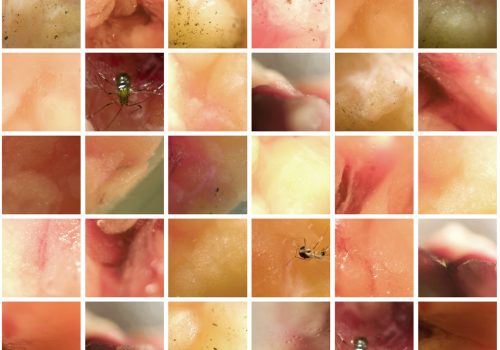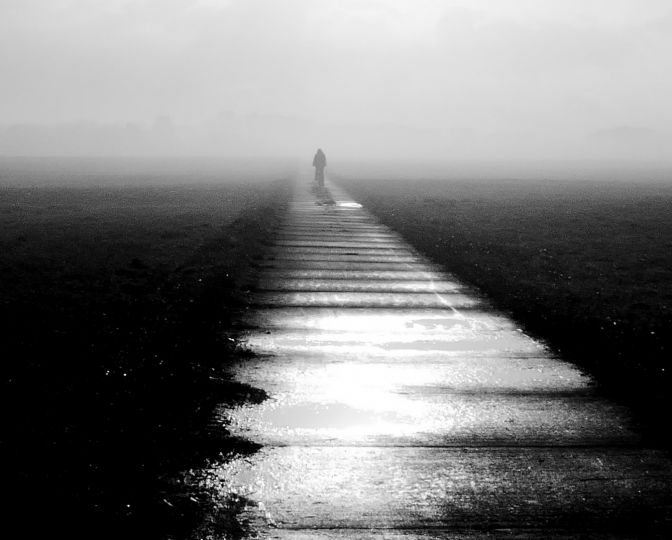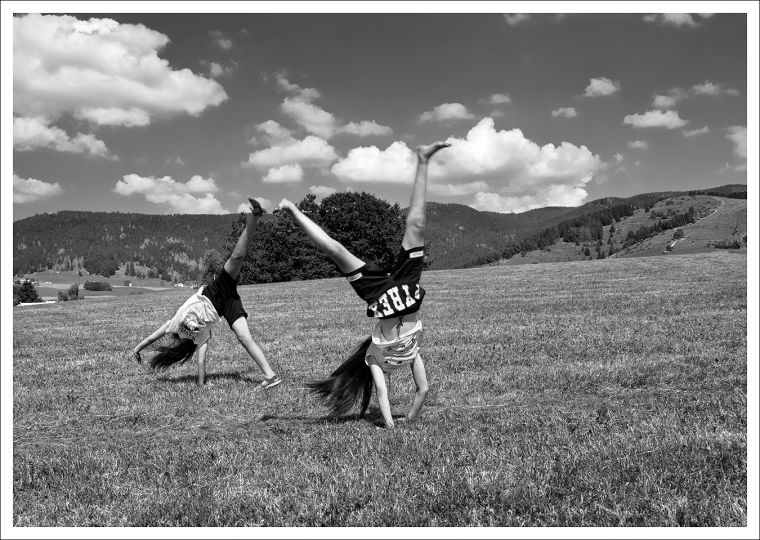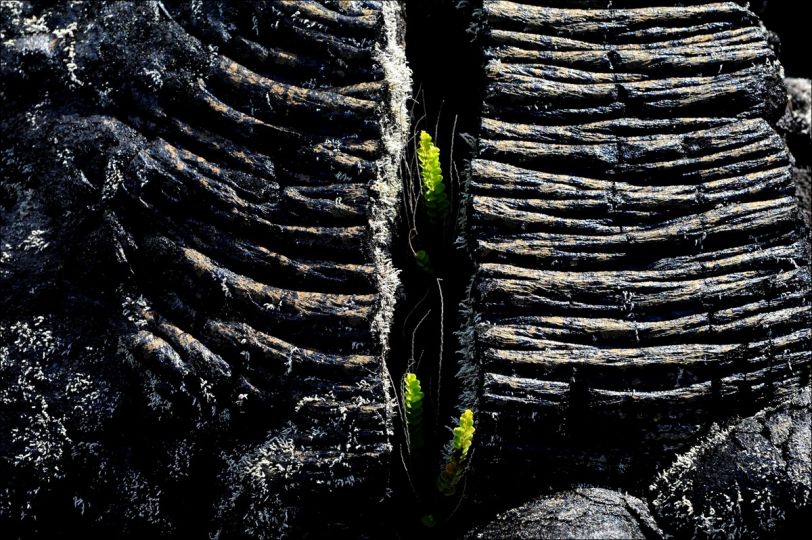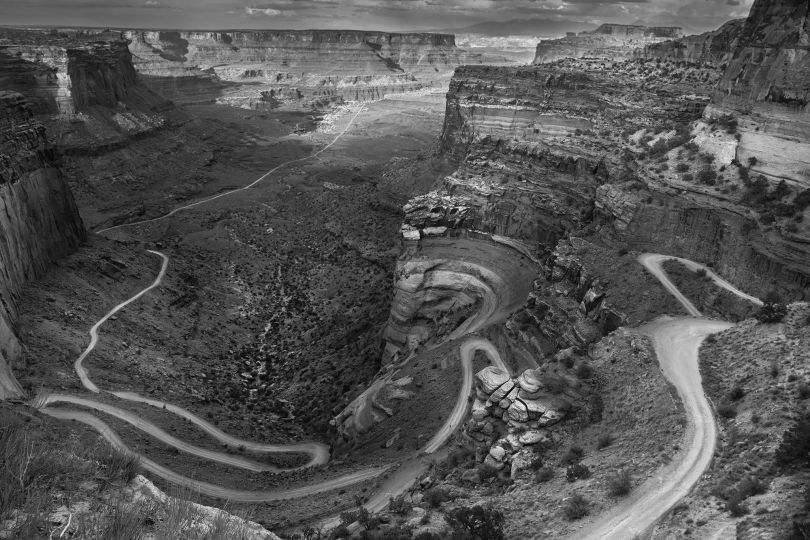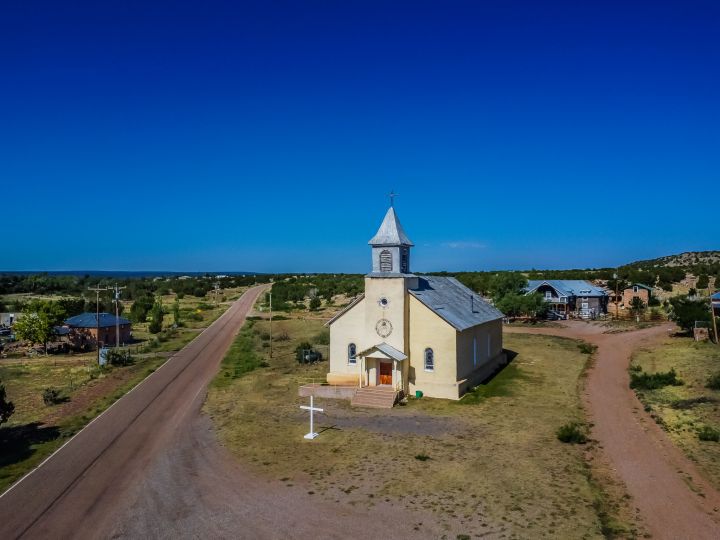FAT LANDS I – STRAIGHT UP FAT
KARALLA’s – FAT LANDS by Anthony Haden-Guest
Edited by Eleanor Whitney
In her newest project Fat Lands, New York and Italy-based artist Cynthia Karalla explores the beauty and repulsion of physical, spiritual and material excess.
Karalla created Part I of the piece, entitled Straight Up Fat, by placing a slab of human fat under her homemade microscope camera. Though both psychical and metaphorical fat is in abundance in American culture, as she set out to create the project Karalla was afraid that actual fat might be difficult to obtain. Working with a doctor, and with the consent of one of his patients, she was able to obtain half a pound of fat and a slab of skin that were removed from the belly area during an operation. The fat itself was pale pink, while the skin was bright white. “How ironic,” Karalla thought, reflecting on the fat she had procured, that while only the rich can afford to delete fat though surgery, by creating a saleable work of art she could sell it back to them. To shoot the fat Karalla set up the microscope camera in her small, Manhattan backyard. As she waited for the sun in order to have complete control of the light she began to play with the discarded objects that had inadvertently collected in the yard. She built a setting to play make-believe and found a toy soldier that looked like Columbus. “Land! I’ve discovered the Fat!,” she said to herself. When the sun fell behind the skyscrapers and she could have her way with the light Karalla focused her camera on the slab of human fat in front of her. Just as she started to click away a tiny mosquito that was too small to see with the naked eye flew into the fat. A serendipitous artistic moment had struck. She filmed the process of the bug sucking off the fat, an act of over consumption which soon ended its short life.
FAT LANDS II – SPECIALLY DESIGNED FAT
In Specially Designed Fat, the second part of the project, Karalla explores the absurdity of the pursuit of material wealth and the prestige of consumption. “What and who declares something to be worth millions?,” she asks.This question was underscored by images Karalla discovered on the Internet of goods offered for sale during the height of the Bush years. They included a wedding cake and a set of tire rims, both priced at $1 million, a $1.6 million Birkin bag, a $1.8 million dog collar. Most striking to Karalla was an itsy-titsy teeny-weeny $30 million bikini, worn in the photo by a Claudia Schifferesque blonde. “During this period it was like there was a contest to see who could make the most expensive piece of garbage to sell,” she said. “So I decided, ‘So much for the Kings clothes, I declare my work to be worth millions in an unlimited edition. ’”Looking at these splendidly overpriced objects made her think back to the mosquito who died in the fat. “Insects have a very short life span,” she explained, “To me it begs the question how do you spend your life? Running around after these materialist items? Acting like the insect and dying while sucking off the fat? Our life span is as short as an insect, especially since the pursuit of status objects, such as the 30 million dollar bikini, will never die out. In sucking off the fat you will die in the consumption of it. Towards what means or purpose is your life?
FAT LANDS III – AFTER DEATH OPTIONS
After Death Options, the title for the third, and final, part of Fat Lands, came to Karalla before she had conceptualized the project. “Normally I have the project first and then the title comes to me,” she explained, “I knew there’s got to be a conclusion, and some kind of positive coming out of the negative.”To find this sense of resolution she focused on the dead flowers strewn throughout her apartment. Flowers, whether dead or alive, are the testament to life lived. They are given and received for many reasons, and serve to commemorate moments past, be they happy or sad. Starting with fat and ending with dead flowers, Cynthia Karalla’s work is deep, dark and full of humor. The feelings her work evokes are similar to the sentimentally disturbing works of other great women artists, such as Louise Bourgeois, Kiki Smith, and Carolee Schneemann. And where will she go next to continue to disrupt the senses of her viewers? “Immortalizing those little underdogs in life,” she said. I’m sure with an ironic smile.

